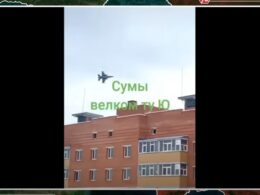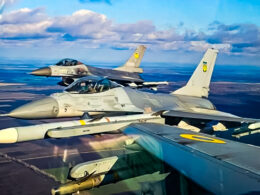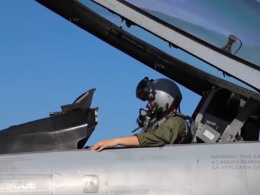First of all, more information became available about the strike on the Russian strategic airfield in the Novgorod region on 20 August.
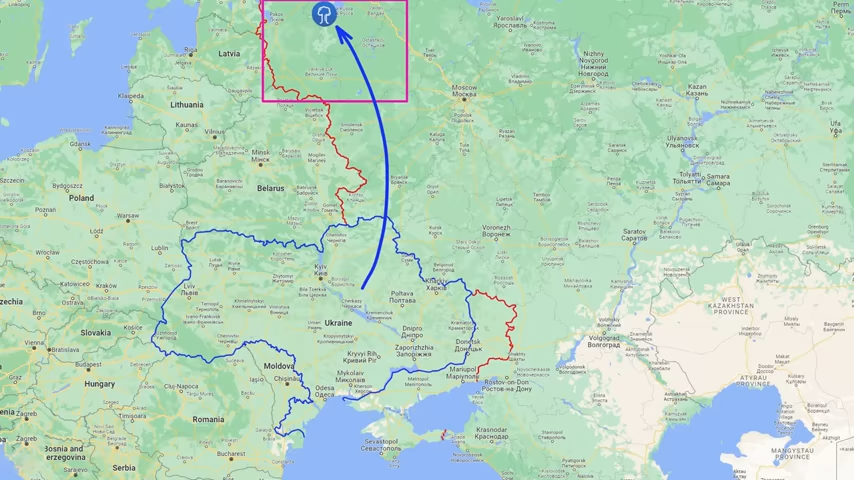
Newly released footage clearly shows a burning Tu-22m3 strategic bomber after a successful Ukrainian drone strike.

The Russian Ministry of Defense has been compelled to acknowledge the bomber's loss officially. Intriguingly, the Russian Ministry of Defense has also acknowledged that the Ukrainian drones were launched not from within Ukraine but from within Russian territory. This disclosure further underscores the existence of a robust network of spies and saboteurs established by Ukrainian Intelligence within Russia.
This revelation adds significance considering that the Ukrainian flag was raised in front of the Russian Federal Security Service building.

Numerous Russian analysts have speculated that the concurrent strike and flag display are not coincidental, suggesting they might result from the same operative group's actions. The latest information indicates that the group deployed quadcopters carrying explosives several kilometers from the airfield.
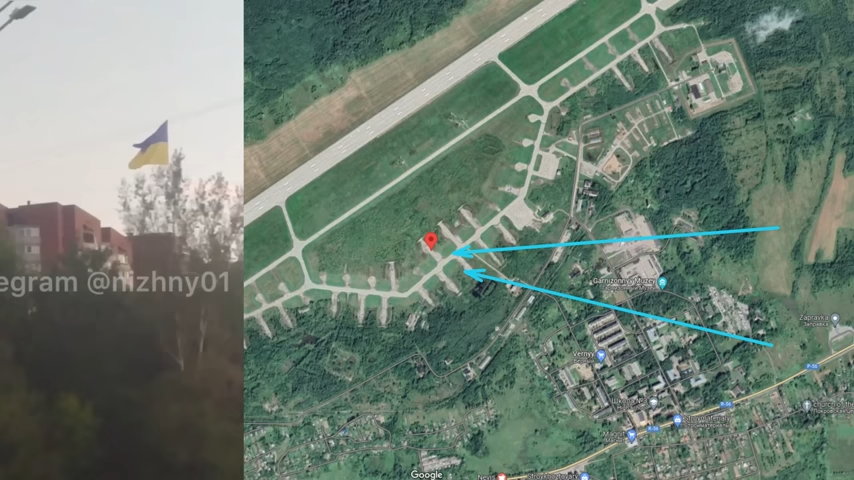
Moreover, sources have pointed out that initial images of the burning bomber emerged from Ukrainian sources, implying that the photographs were captured not by Russian personnel but by a second Ukrainian drone.

Some Russian analysts affiliated with the Ministry of Defense have defended the Russian General Staff by comparing their practices with those of the United States, which also exposes aircraft. Conversely, other analysts have criticized both sides, highlighting that while US aircraft remain secure, Russian aircraft have been consistently targeted for nearly a year. Despite this, Russian General Staff has taken no substantial measures to bolster security at strategic airfields housing nuclear weapon carriers.

As Russian aircraft losses mount, Ukraine is expanding its fighter jet fleet. Ukrainian President Volodymyr Zelenskyy held discussions with the Prime Minister of the Netherlands, Mark Rutte, focusing on the supply of F-16s. During the meeting, Zelenskyy had the opportunity to familiarize himself with an F-16 pilot's cabin and gain insights into the aircraft's unique features and handling characteristics for training and combat scenarios.
Following the meeting, Zelenskyy officially announced an agreement with Rutte to deliver 42 F-16s from the Netherlands, whose entire F-16 fleet consists of 42 aircraft. However, the transfer will take place gradually after Ukrainian pilots complete a 6-month training program. This move, while significant, is less surprising given the Netherlands' existing F-16 surplus and scheduled retirements.
Zelenskyy's diplomatic activities extended to Denmark, where he met with Prime Minister Mette Frederiksen at Skrydstrup airfield. This meeting coincided with an inspection of F-16s, and the Danish Ministry of Defense subsequently confirmed Denmark's collaboration with the Netherlands to provide Ukraine with F-16s.

Denmark is also forming a coalition with the Netherlands to aid in F-16 preparation, including training. Denmark has pledged a total of 19 fighter jets to Ukraine – six by the New Year and the rest within the coming year.
https://twitter.com/EuromaidanPress/status/1693328041181929575?s=20
This raises the total number of fighter jets Ukraine is slated to receive to 61. On the ground, Ukrainian fighters and commanders have expressed profound satisfaction with this news. Even though the delivery is scheduled for winter, the acquisition of F-16s is perceived as highly positive.
The addition of F-16s would provide Ukraine with a significant advantage, as these jets can identify targets up to 150 km away, compared to the current reach of Ukrainian fighter jets at 20 km. Given that Russian helicopters often operate within a 15 km radius from the front, F-16s could effectively neutralize the threat posed by Russian Ka-52 helicopters. Given that Russian helicopters pose a substantial threat to Ukrainian tanks and armored vehicles, even a modest number of F-16s on each front could drastically enhance Ukrainian assault units' capabilities, enabling them to initiate attacks without fear of retaliation from Russian helicopters.
In our daily
frontline report, we pair up with the military blogger Reporting from Ukraine to keep you informed about what is happening on the battlefield in the Russo-Ukrainian war.

